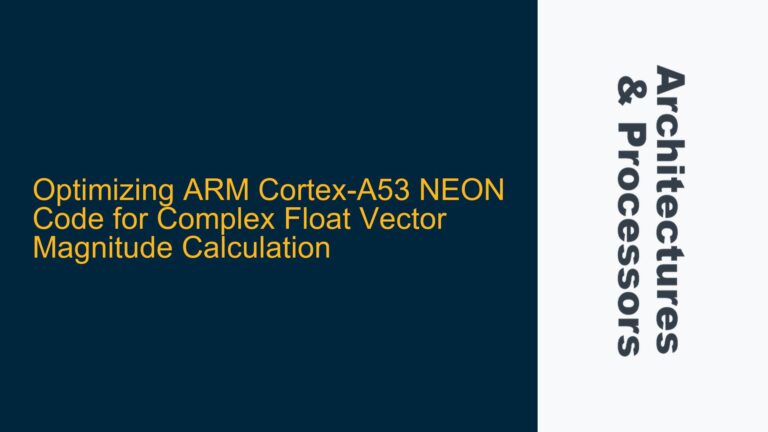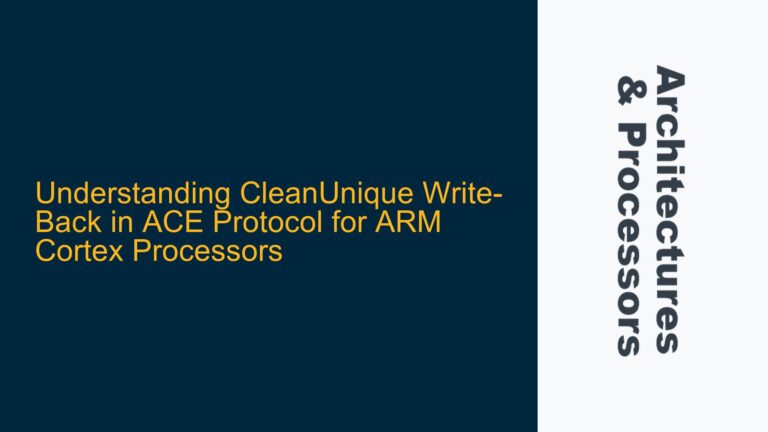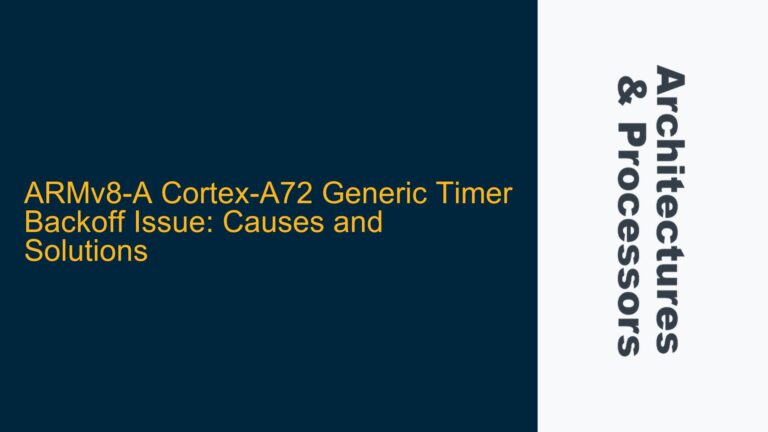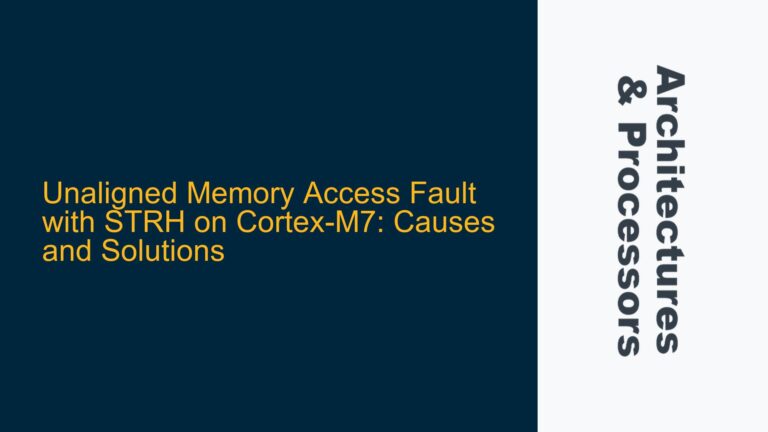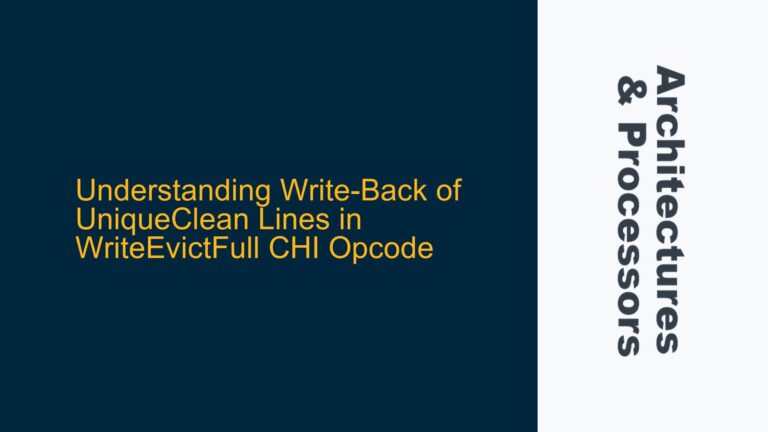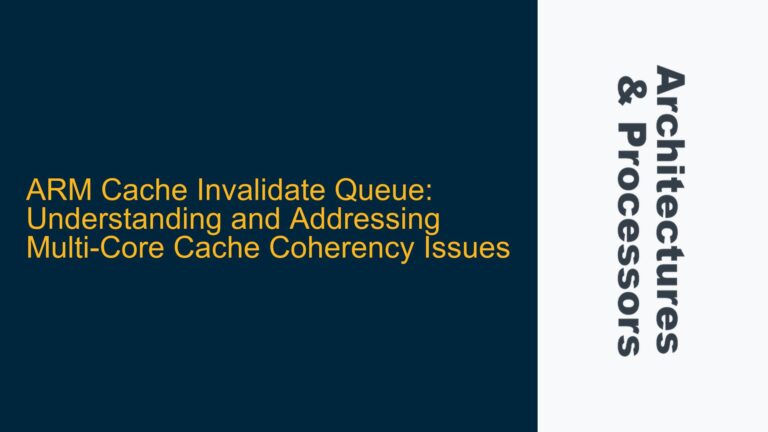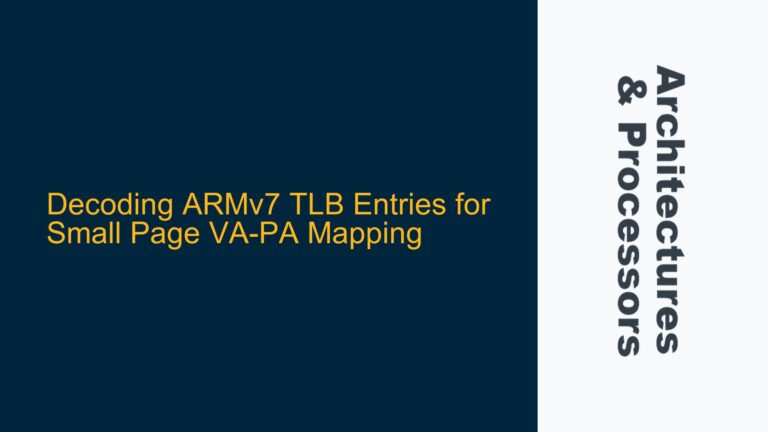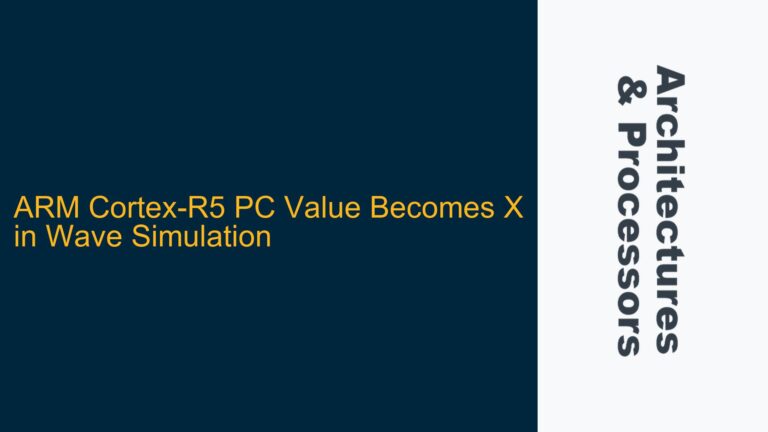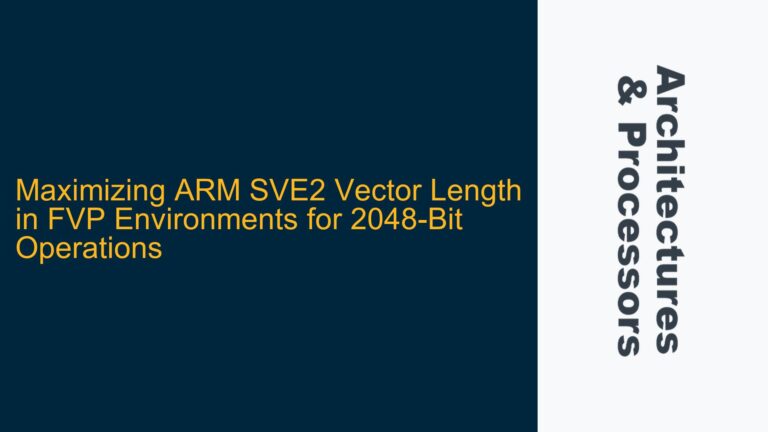Optimizing ARM Cortex-A53 NEON Code for Complex Float Vector Magnitude Calculation
ARM Cortex-A53 NEON Performance Bottlenecks in Loop Unrolling The core issue revolves around optimizing a loop that calculates the magnitude of a complex float vector using ARM Cortex-A53’s NEON SIMD (Single Instruction, Multiple Data) capabilities. The original code processes four complex float elements per iteration, leveraging NEON intrinsics for vectorized operations such as loading, multiplication,…
